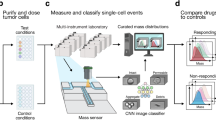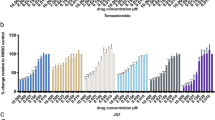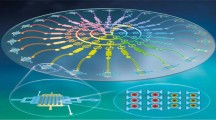Abstract
Inhibitory concentrations (ICs) against human bone marrow granulocyte-macrophage colony forming cells (GM-CFC) were established for 26 cancer chemotherapy agents, including seven investigational agents by ten day exposure. Each drug was tested at four or more concentrations to generate reliable survival curves. The analysis of the survival curves produced three patterns according to which drugs were classified: class A drugs had a shouldered curve with terminal exponential kill of GM-CFC, class B drugs produced initial exponential component followed by a plateau, and class C drugs produced linear curves. These categories provide the relationship between drug concentration and cytotoxicity, e.g., the cytotoxicity of class B drugs, after initial kill, did not increase in spite of serial doubling of concentrations whereas the class C drugs had proportional killing with two-fold concentration increment. A number of drugs were active at in vitro concentrations of less than or equal to 0.01 microgram ml-1 and caused log reduction of GM-CFC with an approximate concentration of 0.0001 microgram ml-1. Drugs known to require in vivo bioactivation, namely dacarbazine, procarbazine, and ifosfamide were active at high concentrations (greater than 10.0 micrograms ml-1). We propose that for myelosuppressive agents the GM-CFC provides a useful biologic reference to determine in vitro cut off concentrations to be utilized for drug screening. For nonmyelosuppressive agents, however, it may be suboptimal.
This is a preview of subscription content, access via your institution
Access options
Subscribe to this journal
Receive 24 print issues and online access
$259.00 per year
only $10.79 per issue
Buy this article
- Purchase on SpringerLink
- Instant access to full article PDF
Prices may be subject to local taxes which are calculated during checkout
Similar content being viewed by others
Rights and permissions
About this article
Cite this article
Ajani, J., Spitzer, G., Tomasovic, B. et al. In vitro cytotoxicity patterns of standard and investigational agents on human bone marrow granulocyte-macrophage progenitor cells. Br J Cancer 54, 607–613 (1987). https://doi.org/10.1038/bjc.1986.216
Issue date:
DOI: https://doi.org/10.1038/bjc.1986.216
This article is cited by
-
In vitro activity of amonafide against primary human tumors compared with the activity of standard agents
Investigational New Drugs (1988)



